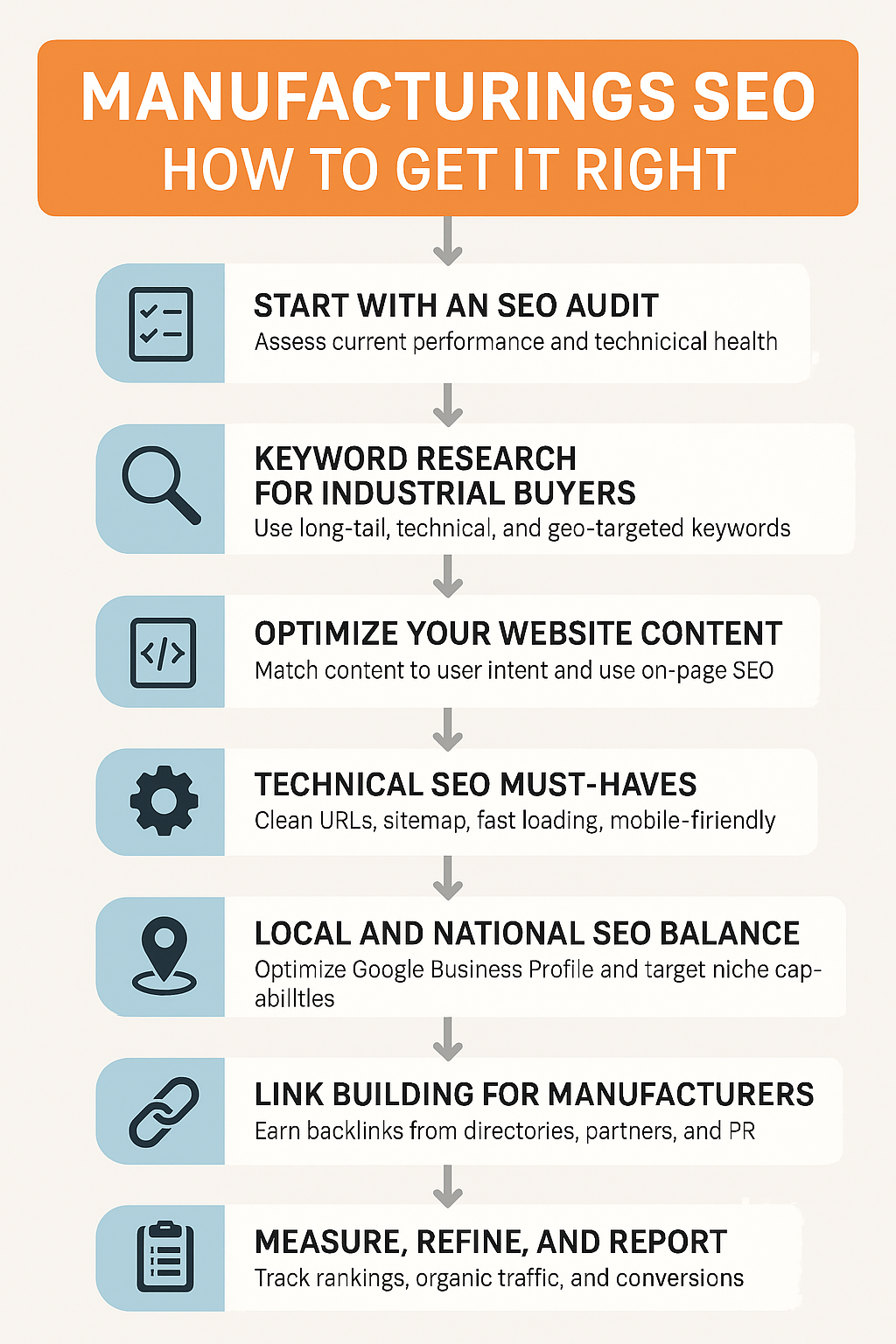Imagine building a house without a blueprint. Or a bridge without an architect and a good engineer. Every project needs a plan.
And so it is with web sites. If you don’t have a plan, if you haven’t architected or designed your site before you build it, you might find it falling over the first time it gets tested. Or worse yet, you put your site up “because everyone’s doing it” but you haven’t given a thought to what it should do or what you want to happen. Then you get frustrated because you’re not getting any business from your site.
To make sure that you build a web site that works for your business, plan for it:
- What is the purpose of your web site?
Do you want to do ecommerce? Do you want to get more people to call you? Do you want them to email you? Do you want to lower costs? Increase revenue? Streamline processes?
All of these are valid purposes for a web site - Once you understand the purpose, determine the layers.
How big does the site need to be to accomplish your purpose? A small business planning to add new customers might have two layers, a home page that links to the second layer of pages such as Sign up now!, Get a map to our store here and learn more about us here.
A larger site might be required if the goal is to streamline an in-house process: Home page links to visitor’s pages and to a login page for in-house use. The in-house login page links to the next level where data can be input or received. As many layers as needed can be created. - Now the architect can start talking to the engineer to determine what kind of materials are needed to build the kind of structure you’ve described. Do you need a database? Should you use Flash to demonstrate something? How should the navigation work? There are a whole host of questions to answer in this phase.
- Once those questions are answered you are ready to design the look and feel of the site.
What color schemes will be effective? Do you have a logo? What are the consistent elements you’ll have on each page? What elements should be different on each page? Put all of these elements together and you’re ready for the next step. - Now you’re finally ready to design each page.
The question you should ask yourself on EACH and EVERY page is: What do I want someone to do when they get to this page? Should they call? Should they make a purchase? Do they need to fill in a form? Without a call to action or a solution to a problem, perhaps that page shouldn’t exist on your site.
By following these steps you can be on your way to creating a powerful web site that works for you.


